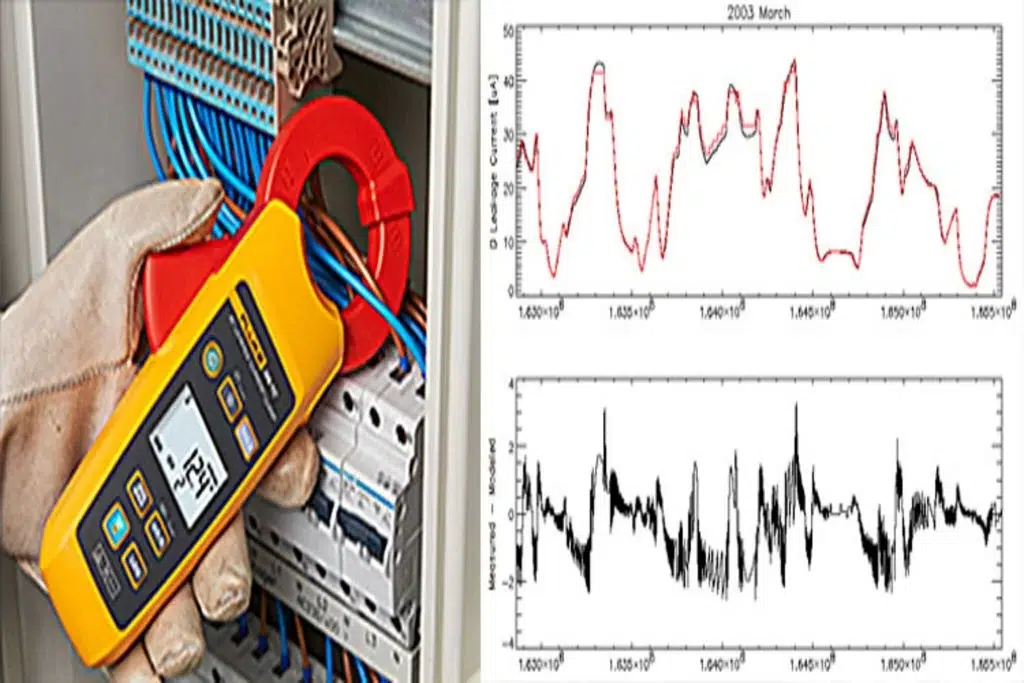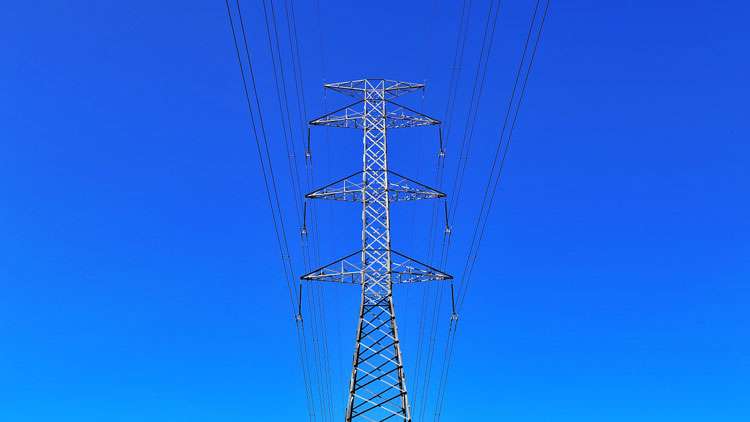POWER QUALITY ANALYSIS IN CANADA

Table of Contents
How Power Quality Relates to Electrical Dangers?
To prolong the service life of the equipment and to reduce the possibilities of interference with any of the equipment function, manufacturers of electrical equipment recommend that disturbance levels on the power distribution system be limited.
Several recommendations mainly focused on equipment, which concerns the quality of the power delivered by the electrical utility.
Power quality issues can impact on economic consequences which results in revenue loss, process improvements, equipment failure, electrical hazards like fire and scrapped product.
What is Power Quality Analysis?
Power quality analysis is a service offered by professional engineers that check the efficiency, reliability, and safety of an organization’s electrical system.
It assesses the following aspects such as:
- Verifying the continuity of the power supply – The power in the network must ensure the efficient operation of the equipment.
- The quality of the voltage – By verifying that no low or high-frequency disturbances in the network cause the damaging of equipment or system components.
The benchmark processes help to assess the performance level of the power distribution system in adjusting disturbance levels to deliver a suitable voltage quality to the user.
These procedures evaluate the annoyance level that the voltage disturbances can produce to the user.
The method for benchmarking a power system can be done in two stages:
- Power quality factor assessments
- Power quality index assessments
The power quality analysis study provides the level of distortion of the supply voltage that has an active role in upsetting or damaging the consumer equipment.
In the final process, all troubleshooting events are accumulated to obtain the quality index.
Steps in Power Quality Analysis:
- The survey aims to note down the measuring values that will use for reference throughout the survey.
- The first step is to proceed with a correct one-line diagram of the electric system of the site.
- Then power quality analyzer is connected at the various location in the distribution system, end of the main breaker-that regulates the incident energy levels to a satisfactory range.
- Drill down into the distribution system as per the one-line diagram.
- Collect data at the source of each distinct system.
- Digital cameras usage for quick capturing of nameplate data, later identify the exact locations. Print out the captured images for the analysis; keep the data for further study and analysis.
- To determine harmonics, the critical factors are the magnitude of the various harmonic frequencies and the total amount of harmonic distortion.
- Record if any unusual insulation failures occur for extended periods at the equipment. It’s commonly due to lightning strikes; it will result in the switching of loads.
- Evaluate the voltage readings for drop and rise, check whether any voltage sags and swells occur.
- Monitor the unbalance at panelboards and switchboards throughout the process.
Causes of Power Quality Issues:
- Disturbances: It is the temporary deviation from the steady-state waveform is defined as a disturbance.
- Voltage Sag: Reduction in voltage magnitude in a short period of time.
- Voltage swell: It is the Increase in RMS voltage.
- Transient: Voltage disturbance which is shorter than sag or swell and is caused by rapid changes in the power system.
- Voltage notch: Within each cycle, a periodic transient will occur.
- Voltage fluctuation: The rapid change in voltage magnitude in the tolerable limit, of 95% to 105%.
- Voltage flickering: The frequency of variation of light flux level variations lies between a few hertz to several fusion frequencies.
- Imbalance: A condition in which voltage, frequency, and phase all are different.
- Distortion: It is usually expressed in terms of harmonics where it is the ratio of harmonics of the frequency at which the supply system is designed to operate.
- Blackout: Electric power loss in an area for the short or long term.
Benefits of Power Quality Analysis:
- Assist in your preventative and predictive maintenance activity
- Analyze harmonics, flicker, transient frequency variation, and voltage variations like swell & sag.
- Ensure the equipment performance
- Helps to evaluate the sensitivity of process equipment which affects disturbances
- Evaluate performance against specifications
The CEA Guide to Performing Power Quality Surveys includes measurement techniques covering 25 adverse quality indices that comprise 106 adverse quality factors. This guide contains parameters from both IEC and IEEE standards.
We offer power quality analysis in Ontario, Quebec, Manitoba, Saskatchewan, British Columbia, Alberta, and all the major states in Canada.
Get advanced Power Quality Analysis and service satisfaction from the leading professionals of the world.
























